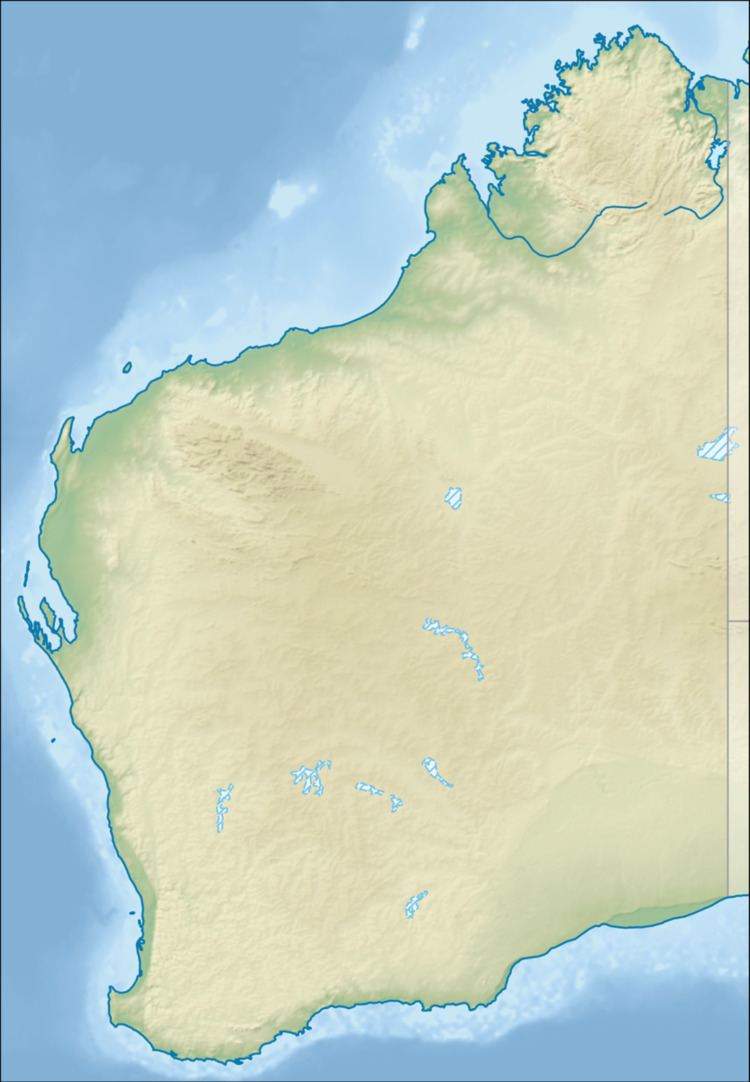Established 1964 Area 5,764 km² | Footnotes Coordinates Phone +61 8 9168 4200 | |
 | ||
Website Prince Regent National Park Address Kununurra WA 6743, Australia Hours Open today · 8:30AM–4:30PMMonday8:30AM–4:30PMTuesday8:30AM–4:30PMWednesday8:30AM–4:30PMThursday8:30AM–4:30PMFriday8:30AM–4:30PMSaturdayClosedSundayClosedSuggest an edit | ||
Prince Regent National Park (formerly the Prince Regent Nature Reserve) is a protected area in the Kimberley region of Western Australia. In 1978 the area was nominated as a UNESCO World Biosphere Reserve.
Contents
DescriptionEdit
The national park covers a total area of 5,764.0 square kilometres (2,225 sq mi) and was created in 1964 to protect the catchment area of the Prince Regent River. The northern boundary of the national park abuts the southern boundary of the Mitchell River National Park creating a protected area of over 7,500 square kilometres (2,900 sq mi) The landscape of the Reserve ranges from lush rainforest to sandstone plains. The area contains gorges, waterfalls, cliffs and mountain ranges.
The traditional owners of the areas around the river are the Worora peoples.
WildlifeEdit
More than half of the bird and mammal species found in the Kimberley region are found within the national park. It is home to the monjon, the smallest of the rock-wallabies, and the golden bandicoot - listed as a vulnerable species. The Prince Regent and Mitchell River Important Bird Area which overlaps part of the national park, is an area identified as an Important Bird Area by BirdLife International, an international non-government organization, because of its importance for a range of bird species, especially those retricted to tropical savanna habitats.
AccessEdit
The area remains one of Australia's most remote wilderness areas with no roads and formidable tide-races and whirlpools restricting seaward access. The area is mostly accessed by air or by boat and has remained virtually unchanged since European settlement of Western Australia. A permit is required to enter the national park and can be obtained from the Department of Parks and Wildlife.
